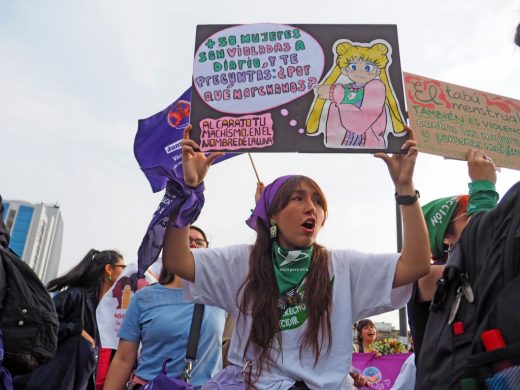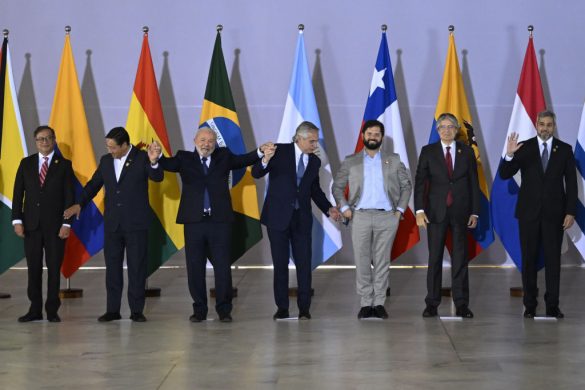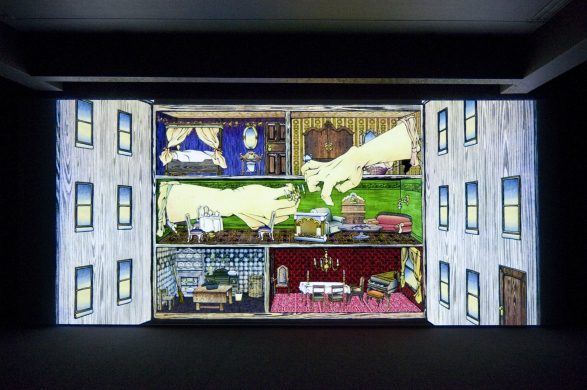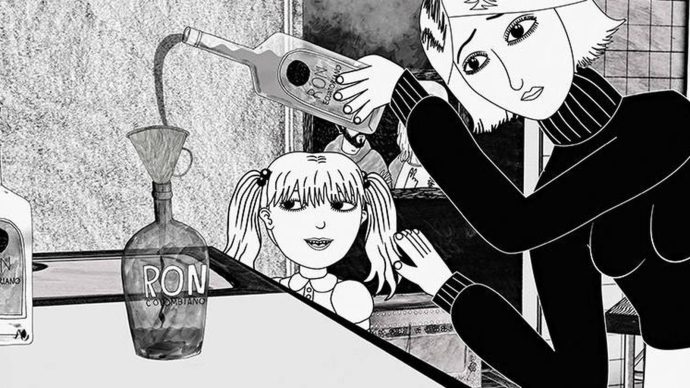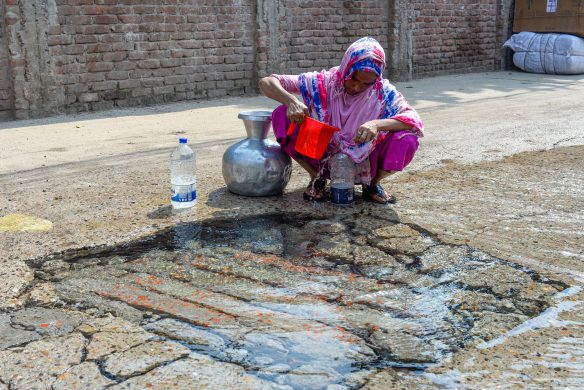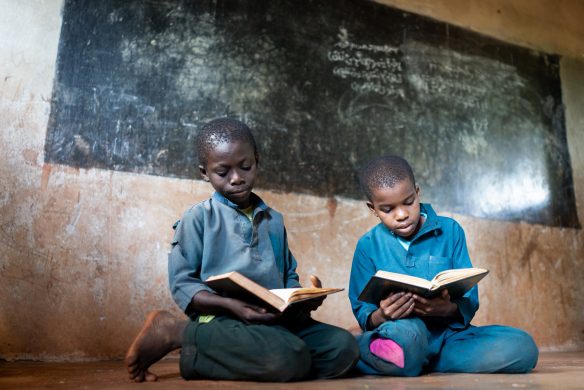A court in Brazil has approved a controversial hydro-electric project in the Amazon rainforest, overturning an earlier ruling, BBC online reports Thursday.
Last week a judge blocked construction of the Belo Monte dam, saying it did not meet environmental standards.
But a higher court on Thursday said there was no need for all conditions to be met in order for work to begin.
Critics say the project threatens wildlife and will make thousands of people homeless. The Monte Belo dam is a cornerstone of President Dilma Rousseff’s plan to upgrade Brazil’s energy infrastructure.
Licences still have to be granted for the actual building of the plant, but in January, Brazilian environment agency Ibama gave the go-ahead to clear land at the site.
The 11.000-megawatt dam would be the third biggest in the world – after the Three Gorges in China and Itaipu, which is jointly run by Brazil and Paraguay.
BØNSKRIFT FRA 600.000
Last month hundreds of indigenous Brazilians protested in the capital, Brasilia, against the planned huge dam on the Xingu river and delivered a petition (protestadresse) opposing the project signed by 600.000 people.
Leader of the Kayapo-stribe, chief Raoni, that “we do not want Belo Monte because it will destroy our rivers, our jungle and our way of life”.
Another tribal leader, Ireo Kayapo said that if his tribe were to be driven from its land, “there will be war and blood will be spilled”.
Andrea Leme da Silva, co-ordinator of the Indigenous and Traditional People’s Programme of Conservation International said the consultation had been inadequate.
– Traditional local people – indigenous and riverside dwellers – are not aware of the real impact, and I think we will pay a very high environmental and social price, she said
The Xingu basin is a place of very high biodiversity and, according to specialists, the same biodiversity of fish (lige så mange fiskearter) as the whole of Europe.
– From the social side the Xingu is an indigenous river. You have 24 different ethnic groups that are living there, Ms da Silva stated, adding:
– These groups have their ancestors (forfædre) and history and the government has not considered this.


